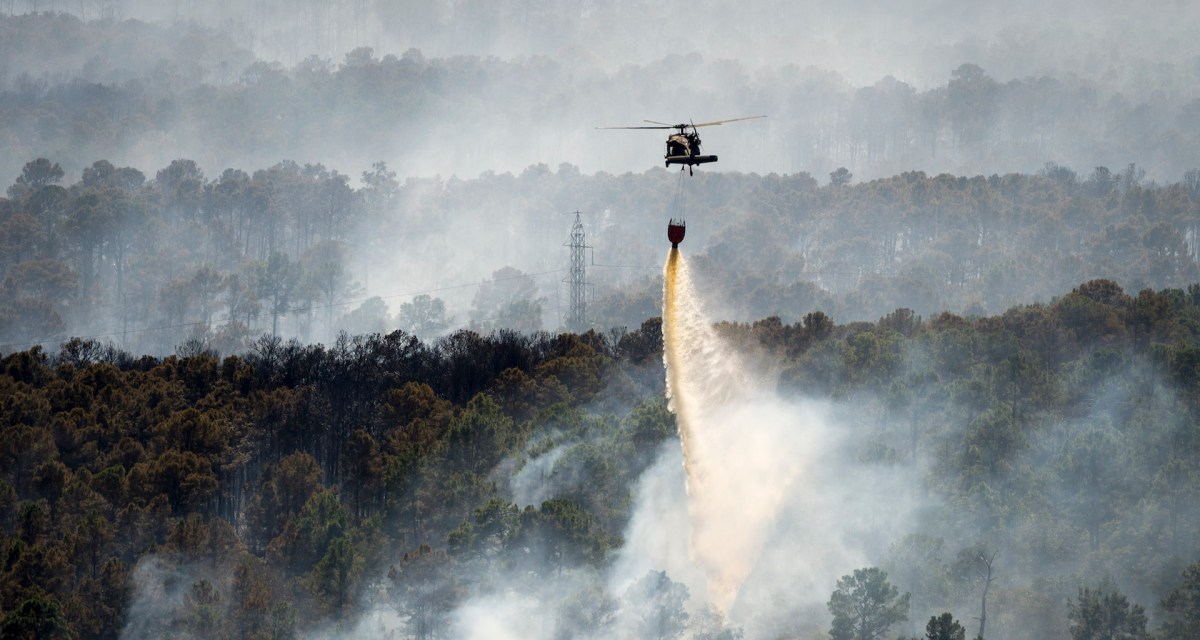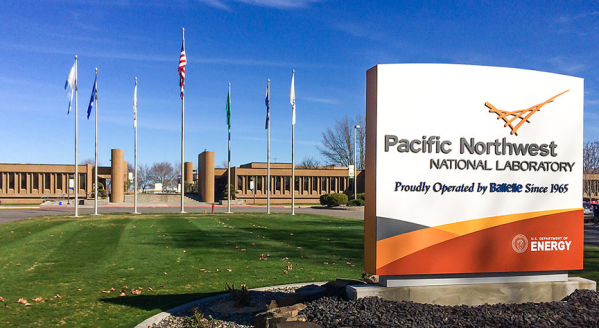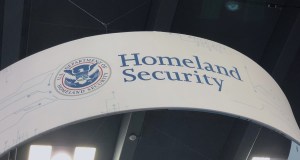New AI consortium for first responders fuses efforts from DOE, JAIC and Microsoft

A new project from the Department of Energy, Department of Defense, the White House and Microsoft aims to provide artificial intelligence-enabled systems for first responders.
It’s called the “First Five Consortium,” a reference to an adage that the first five minutes in a crisis are the most critical. Announced Tuesday, the project aims to have the different organizations “share lessons learned” and work to deliver technology.
Potential areas of concentration include digitizing the mapping of natural disasters, like wildfires, through computer vision. The consortium comes as deadly natural disasters increase in severity and fire season takes hold in Western states. The DOE’s AI and Technology Office and Microsoft will co-chair the consortium.
“The collaboration will include both sharing of best practices as well as commonly shared data training and develop code for algorithms,” a spokesperson for the consortium told FedScoop. “Participants have agreed to make datasets, infrastructure and related resources available.”
Meetings to work out details will begin in early September. For now, the shared technologies include the DOD’s Joint AI Center prototypes that map fire lines and floods. DOE’s Pacific Northwest National Laboratory is now working on scaling the technology.
“These are just the kind of consortia that we like to enter into,” DOE’s lead AI official, Cheryl Ingstad said in a press call. “We think we can bring AI to bear here and help save lives.” DOE operates some of the country’s most powerful supercomputers.
The consortium was formed after the White House made a call for such projects in January. The Trump administration had hosted a forum on AI’s role in “Humanitarian Assistance and Disaster Response” and asked industry, federal agencies and nonprofits to contribute resources and work on the issue.
The JAIC was moved to participate since it had already invested in humanitarian missions as its first stepping stones in AI and is now looking to pivot its efforts to integrating AI into warfighting. It wanted “low-consequences” missions to “prove out” its AI work so that unproven algorithms couldn’t potentially skew lethal operations.
“We are delighted to work alongside our partners in government and private industry to advance the role of AI in battling natural disasters,” Nand Mulchandani, acting director of the JAIC, said in a statement. “The JAIC’s journey with developing AI solutions for humanitarian relief operations began more than a year ago, and we’d like to thank the White House for identifying and encouraging the broader use of government-built technology to directly benefit the American people when disasters strike.”






